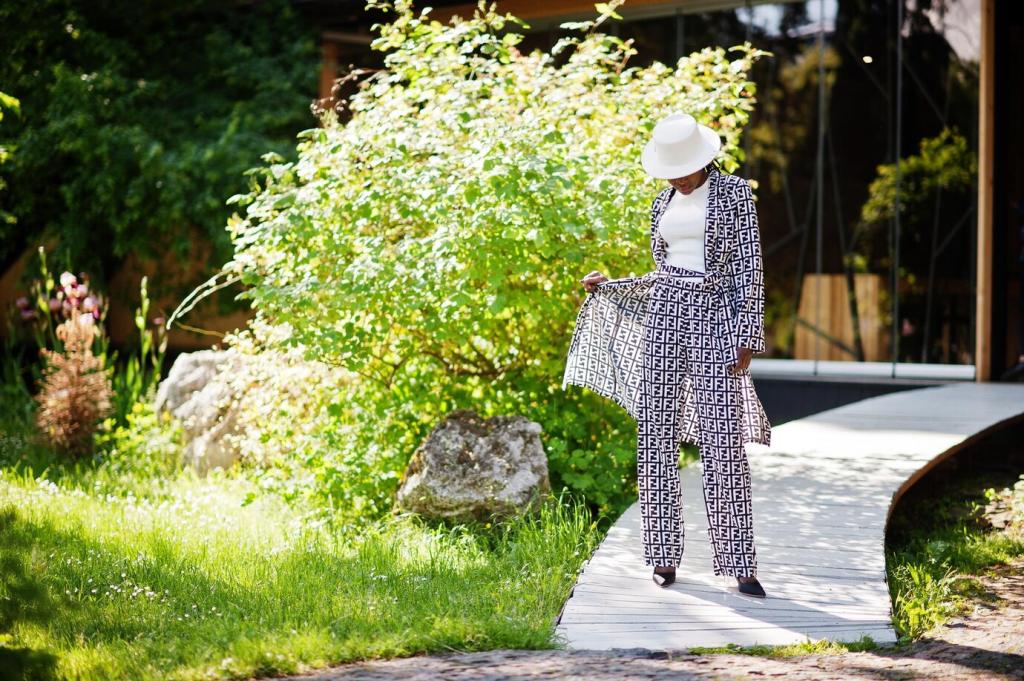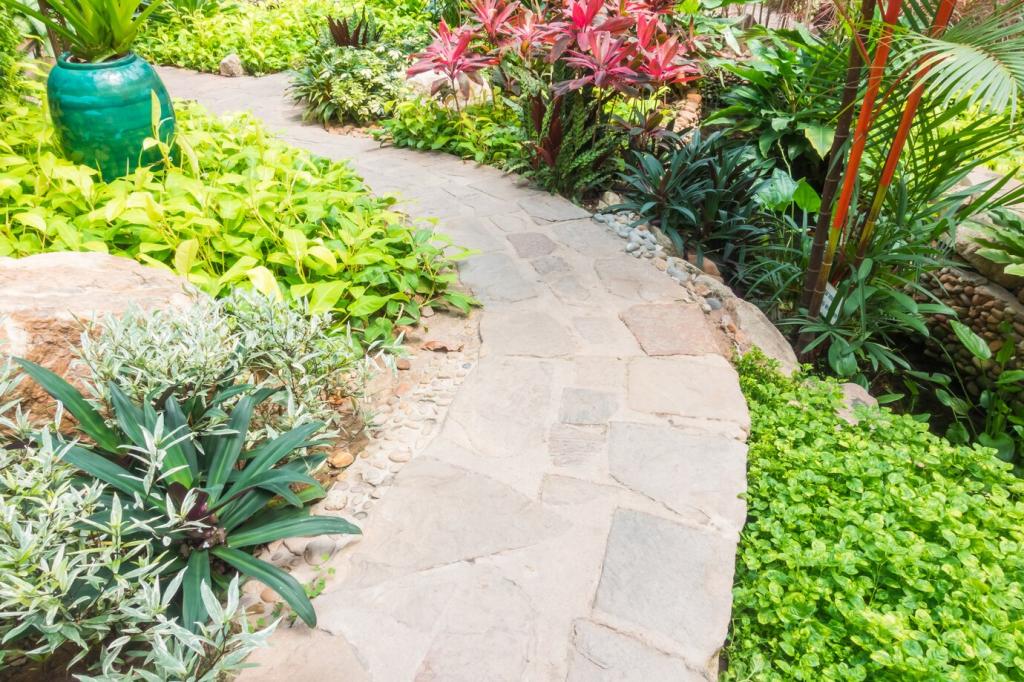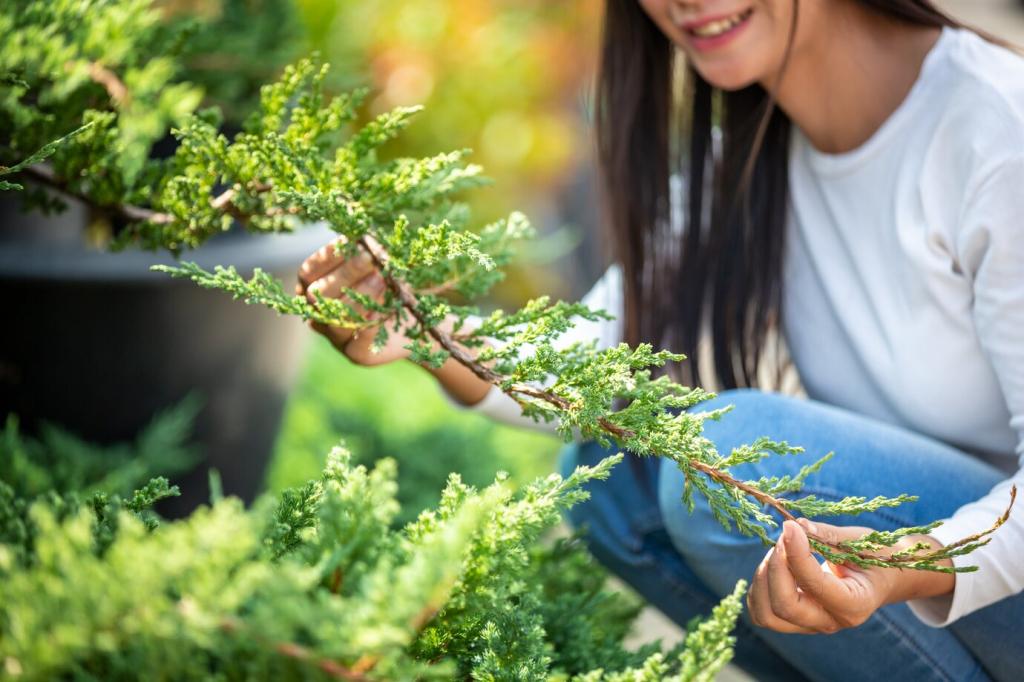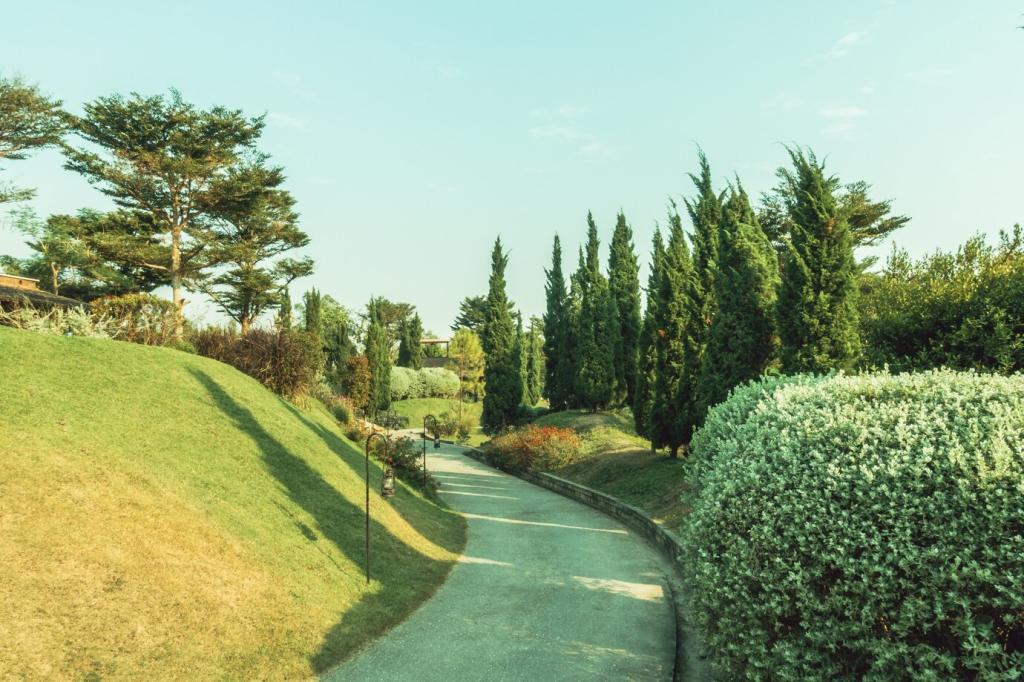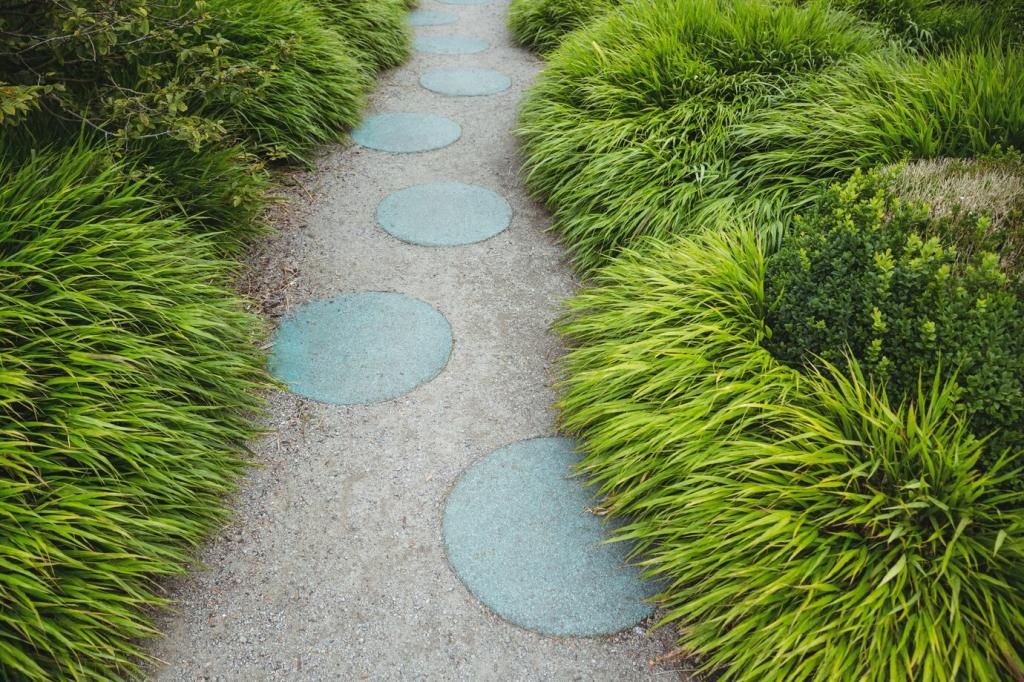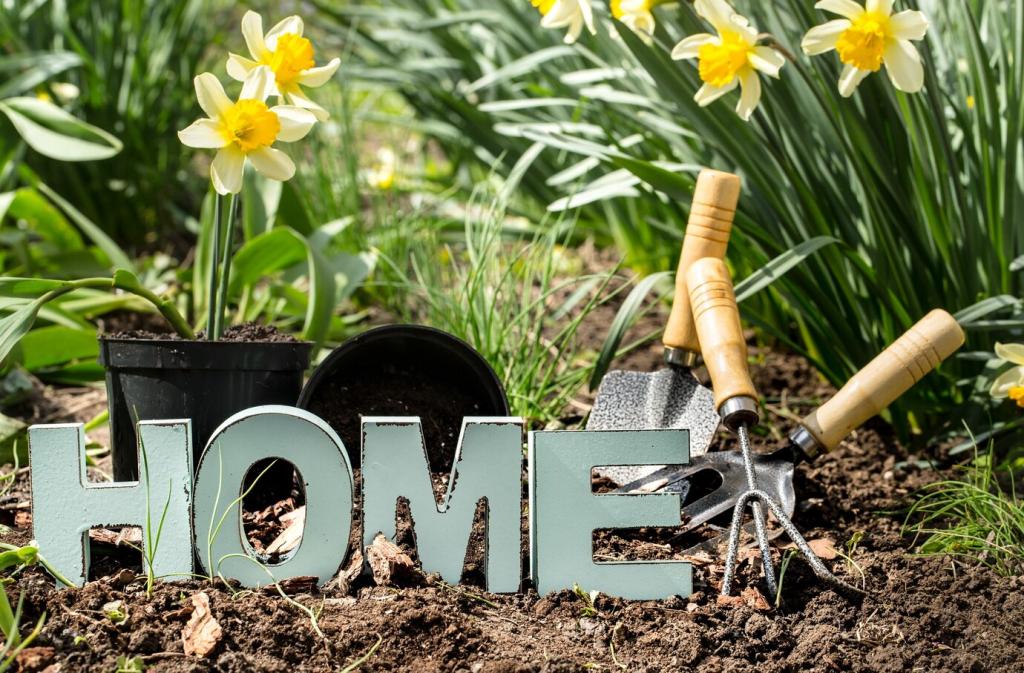Building a Living Soil: Practices That Last
Plant legumes, oats, or buckwheat to capture sunlight and fix or scavenge nutrients. Terminate gently, then mulch with leaves or chips. Together with compost, covers maintain organic matter, suppress weeds, and protect soil organisms from heat, pounding rain, and UV.
Building a Living Soil: Practices That Last
Frequent tillage shreds fungal networks and collapses aggregates. Instead, open narrow planting rows, use broadforks, and rely on compost to loosen soil biologically. Over seasons, roots and earthworms engineer pores that improve drainage and root exploration far better than rototillers.
Building a Living Soil: Practices That Last
Well-made compost remains central, yet additions like inoculated biochar can stabilize nutrients and water. Blend modestly with finished compost before application. Observe plant response and adjust, keeping the focus on living processes rather than quick chemical fixes.
Building a Living Soil: Practices That Last
Lorem ipsum dolor sit amet, consectetur adipiscing elit. Ut elit tellus, luctus nec ullamcorper mattis, pulvinar dapibus leo.

